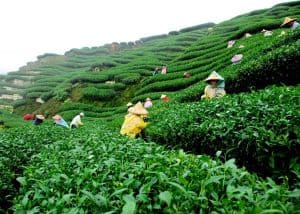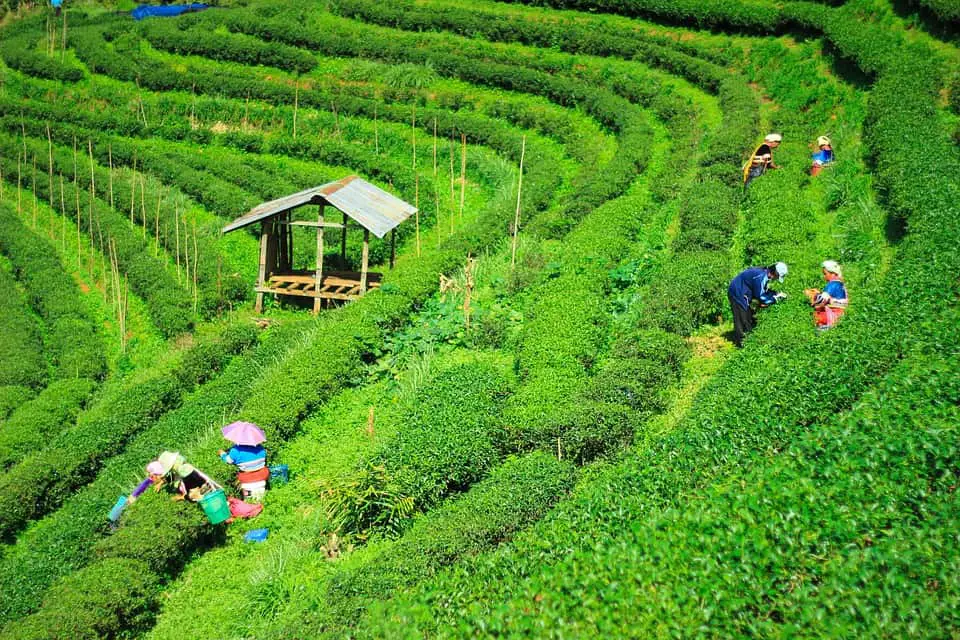Last Updated on October 19, 2017 by
Before knowing about tea garden of Bangladesh let’s go know something interesting about tea.
Tea is usually a kind of aromatic and flavored kind of hot beverage, which is made from tea or in hot water. Tea leaves are available from tea trees. The scientific name of tea plant is “Camellia sinensis” ‘Tea leaves’ is an agricultural product, which is practically produced in different ways, in the form of tea leaves, episodes, and crowns. Tea is the word in English It is named after the Greek goddess Thier. In China, the pronunciation of ‘T’ was ‘Chi’. After that ‘tea’ becomes. Tea is the world’s most used beverage after water. It has a smooth, tranquil taste and many enjoy it. According to the process of preparation, tea can be divided into five major categories. For example, black tea, green tea, broth tea, wool or oolong tea and Paraguay tea also, there is more variety of tea, including white tea, yellow tea, rice tea. However, the most familiar and used tea is white, green, wool and black tea. Although almost all Tea is made from Camellia sinensis, one type of tea is one of the flavors due to its variety of preparations. Pure tea is a type of vegan tea that is used in many cases as medicine.
History about Tea Garden of Bangladesh
In 1840, first Chittagong Rangunia custom collector Mr. Scones he collected tea plantation from China and Assam Botanical Gardens but his attempts at that end were not able to achieve institutional success. Pioneer Tea Garden was developed by him.
Then the famous British tea industry entrepreneur Mr. Jay Hague started production of tea in Rangunia-Kodalia of Chittagong. Tea was commercially marketed there in 1843. Then in 1857, tea production started commercially in Malinichara, near Sylhet. After the tea cultivation in Sylhet region, tea gardens continued to grow and people of the country gradually became accustomed to tea. At present, 164 tea gardens are being produced in 7 districts of Bangladesh. These gardens are planting tea in a total of 1, 15, 757 hectares of land. The districts which have tea gardens are- 93 in Moulvibazar, 20 in Sylhet, 23 in Habiganj, 21 in Chittagong, 1 in Rangamati, 1 in Brahmanbaria and 8 in Panchagarh.
Tea Tree Cultivation
Tea can be cultivated in sub-tropical climatic zones, although the main crop is the seasonal monsoon climate. In the first case, the slope of the mountain was cleaned. Its seedlings are made in the separate seedbed. When the plants are 20 centimeters long, they are planted in algae in the tea garden. Normally the seedlings are planted after one and a half meters. After this, fertilization and water irrigation have to be arranged for the growth of plants. Thus, after two to three years of service, it is useful to collect the leaves. But trees can’t attain perfect fulfillment until they are five years old. A tea plant is suitable for production up to 30 to 40 years. Then again it is necessary to plant new trees. Hill tracts or high sloping land that is abundant rainfall is very useful for tea cultivation. It is possible to cultivate tea even in high flatlands if there is a settlement of water. Humus fertilizer and fermented coarse soils are very useful for tea cultivation. Need for production of warm and humid climate tea. Tea cultivation requires 175-250 centimeters of rain. For this, the production of tea cultivation is high in the seasonal and non-monetary regions.
Tea produced in the world was 3.21 million tons in 2003. In 2008, world tea production was more than 4.73 million tons. As one of the largest producers of tea – the People’s Republic of China, India, Kenya, Sri Lanka and Turkey are one of the largest.
Types of Tea Tree

There are two types of tea trees found in Assam and China. In between -Assamese tea plants are cultivated more in India and Sri Lanka. This type of tree is very large and is very leafy. Because of this, it is particularly suitable for cultivating commercially. The tree is about 6 meters long or 20 feet long. Plants are not allowed to grow 1.2 meters or more than 4 feet to get leaf reach and collection of leaves. As a result of the truncation, the tea plants become cumbersome. On the other hand, Chinese trees are quite small in size. The number of leaves is also very low. Even if the tree does not cling, the leaves are high altitude.
Employment in the tea industry

About half a million people are working in the tea industry. It is a laborious and agrarian industry because of the need for huge labor for the production of tea. At the beginning of the decade of the twentieth century, there were 1,20,000 men and women workers engaged in the tea industry and there were 3,50,000 boys who were dependent on them. Most of the Bangladeshi tea workers came from India, but now they are almost all Bangladeshi citizens.
In the mid-nineteenth century, their ancestors originally came to India from the small Nagpur-Jharkhand region of India. Many of the ancestors of tea-laborers came from Bihar, Orissa, West Bengal and Chhattisgarh. The tea-workers, known as Kuli, are living in a tiny house of permanently built tea-coils. There is now a little unemployment problem in the tectonic society of the genus.
The success of tea garden of Bangladesh
Since 2007, the lease agreement of tea garden was closed. Activities have been taken to bring the gardens under lease in the efforts of the land ministry, departmental administration, district administration, tea board and upazila administration. District Administration, Sylhet has been working sincerely in the last two years regarding lease of tea garden.This has opened the door to an unprecedented prospect of government revenue. It is to be noted that in the 19 tea gardens of Sylhet district, lease / lease of 16 tea gardens has been brought under renewal. Besides, the lease of 07 tea gardens has been brought under new lease and the remaining 03 tea gardens under the lease are continuing.
This is the short information about tea garden of Bangladesh. If you want to share something let me know by commenting below.
Hello, I’m Aminul Haque Shahin, the founder of BangladeshUS. BangladeshUS is a culmination of my love for my homeland, aiming to be the premier blog in the country. I meticulously curate information on diverse topics, from travel stories to essential guides, ensuring our readers receive accurate and valuable insights about Bangladesh for free. Join us on this exciting journey of exploration and discovery. Thank you for being a part of our community.

